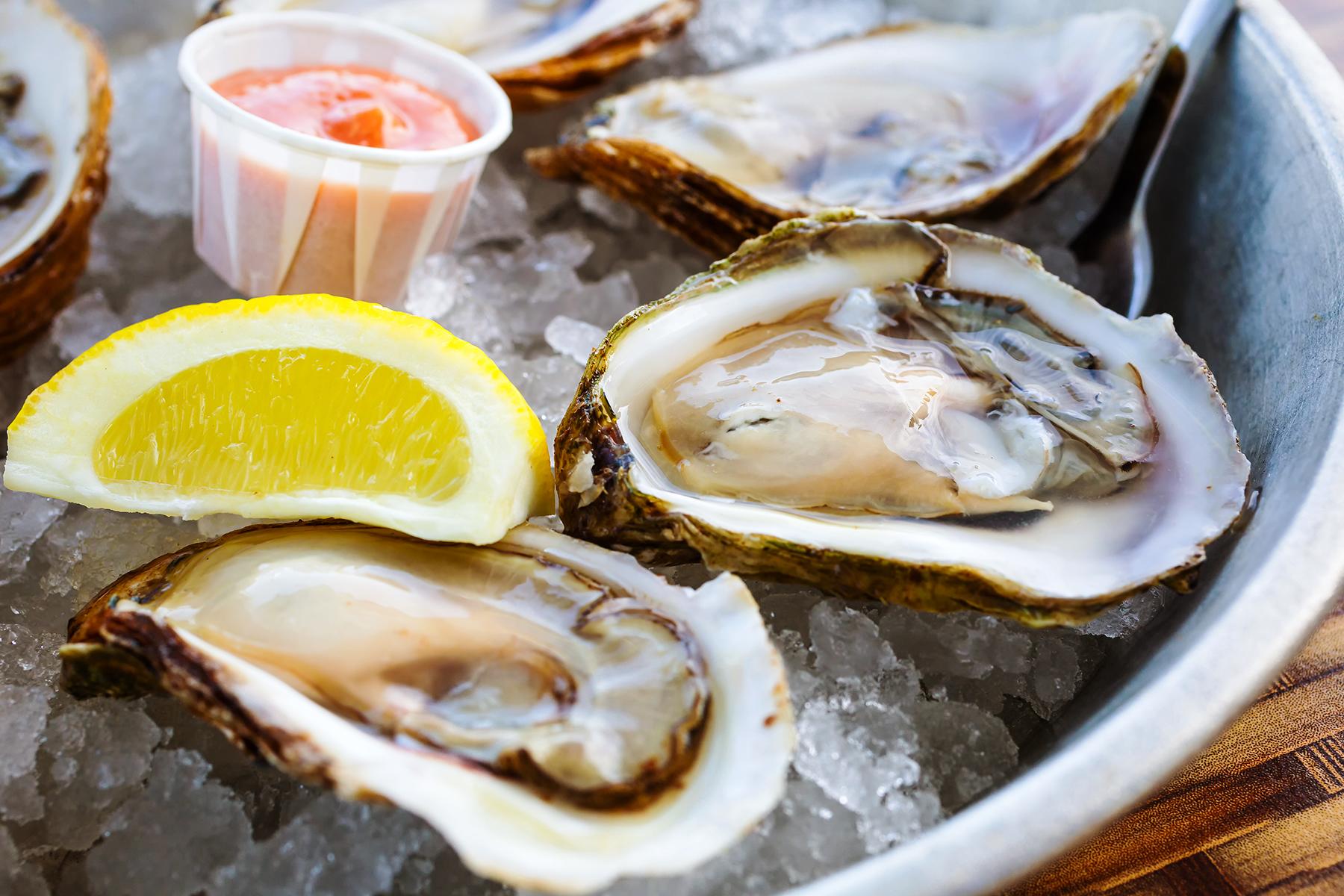The CDC has issued a health advisory.
Six deaths in July and August have been attributed to a flesh-eating bacteria in warming oceans further north than usual.
The deaths, which were reported in Connecticut, New York, and North Carolina, were attributed to the bacterium Vibro vulnificus (V. vulnificus). The bacterium is typically attributed to a handful of deaths in the southern tier each Summer, but the Centers for Disease Control has issued a Health Advisory because it is rare to see a spike in deaths from V. vulnificus infections further north.
The CDC health advisory notifies nationwide providers of the recent spike in deaths, alerts health professionals to consider the possibility of V. vulnificus in diagnoses when the patients were exposed to waters in the Gulf of Mexico or the US East Coast, and issues important reminders on identifying and treating infections. The CDC health alert is not a travel warning or alert, and does not advise the public to avoid travel to the areas where the deaths were reported or to avoid swimming in the ocean. V. vulnificus is often referred to as a “flesh-eating” bacteria because a symptom can be necrotizing skin and soft tissue around the infection site. It’s estimated that the class of bacteria causes 80,000 illnesses each year in the United States—the vast majority of which are treated with antibiotics and are not ultimately fatal. However, the V. vulnificus infections, of which 150-200 are reported each year, are fast-moving and it’s estimated that one in five people infected die, sometimes within a few days of the onset of symptoms.
Recommended Fodor’s Video
Most infections come from bathing in brackish and salty coastal waters with open wounds, or from eating raw or undercooked shellfish from the same waters. The CDC also notes that hurricanes and other extreme weather events can force coastal waters into inland areas, increasing the risk of infections outside of coastal communities.
The fatal cases reported in the Northeast were acquired from both bathing in affected waters with open wounds and consuming raw or undercooked seafood, or had unclear origins.
In addition to necrotizing skin and soft tissue (a condition called necrotizing fasciitis), symptoms of an infection include fever, nausea, vomiting, stomach cramps, and diarrhea. Severe necrotizing fasciitis can sometimes require limb amputation.
Bathers with open wounds should either avoid brackish or salt water or cover their wounds with a waterproof bandage before venturing into the water. Shellfish from the areas affected by higher-than-normal summer temperatures should be well-cooked to kill any bacteria before being eaten. Contrary to popular opinion, bacteria in oysters cannot be killed with lemon juice or hot sauce, or by consuming oysters with alcohol. Although less common in the winter months, the risk for infections from eating raw or undercooked oysters or shellfish is always present.
Bathers and those working in food preparation should wash open wounds and cuts thoroughly with soap and clean, running water after they come in contact with salt water, brackish water, or drippings from raw or undercooked seafood. Diners should also wash their hands after eating or handling raw or undercooked seafood. It is not possible to determine whether shellfish is carrying V. vulnificus by appearance, smell, taste, or feel.
The CDC health advisory also points to warming oceans as a possible cause for the spike in V. vulnificus infections north of the Gulf Coast Region, noting that the number of infections in the Eastern United States increased eightfold from 1988 to 2018.
Doctors are required to report V. vulnificus infections to the health authorities in each state. Patients who are presenting symptoms and fit the risk profile for the infection should see a medical provider without delay because of the fast-moving nature of the infections in the observed cases that resulted in fatalities.
V. vulnificus was also identified in sargassum seaweed blooms washing up on Florida’s beaches earlier this year. The sargassum blooms were also attributed in part to warming oceans. The precautions for avoiding infections from sargassum blooms on beaches are similar.




